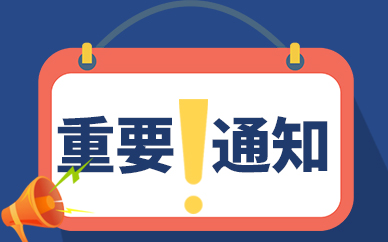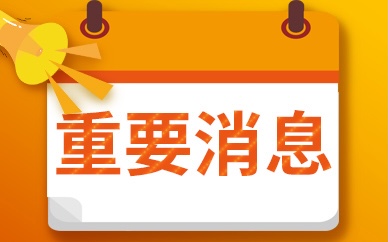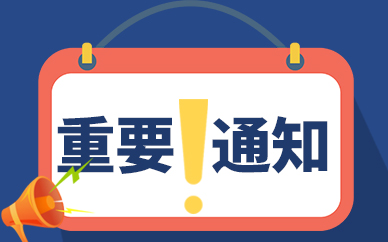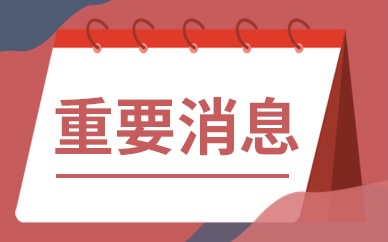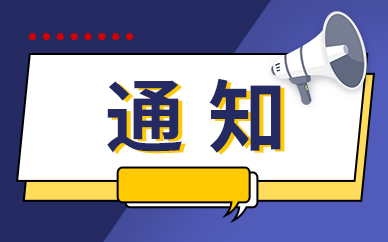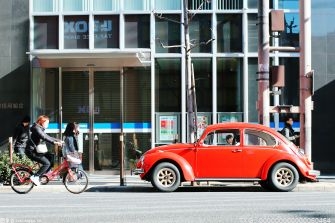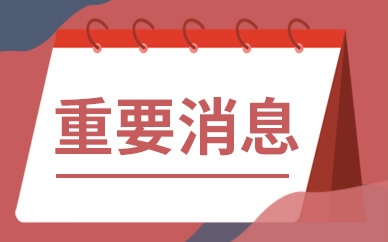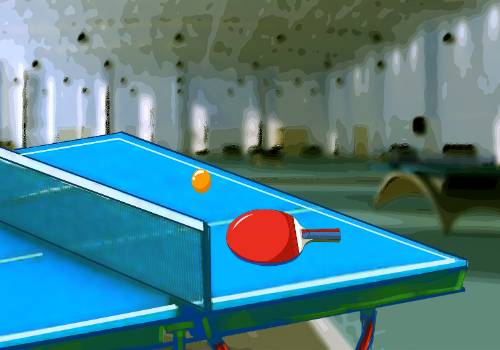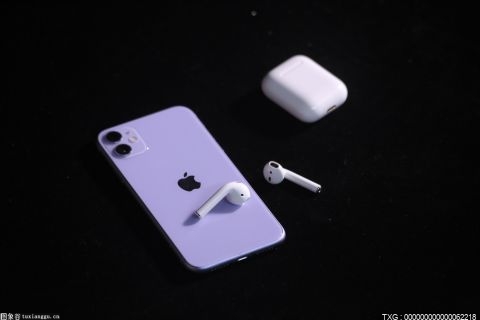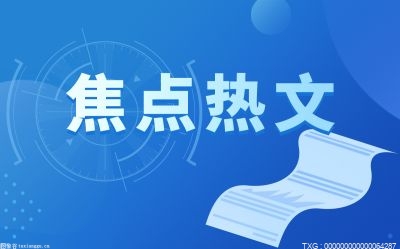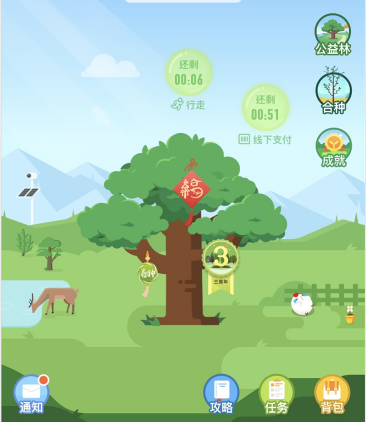【相关推荐:vuejs视频教程】
 【资料图】
【资料图】
1.起因
最近发现公司项目偶发性发生 奔溃现象。
刚开始以为是代码写了一些死循环,检查完并未发现。
后面通过 performance 检查 发现内存飚到了1个多G, 可能是内存没有正常的回收,而项目是从多页面整合到单页面后发生的,单页面使用的是keepalive 内部页签实现。所以初步推断可能是内存挤爆了。
定位原因
通过performance -> memory 看到当前内存使用情况,
通过疯狂的打开内部页签+关闭,发现内存已经达到惊人的2g,相关的操作已经开始无法响应,页面卡顿甚至白屏
通过命令可以看到 可以使用2g,已使用2g, 封顶4g
神奇的是2g后,等一会依然可以继续操作,继续撸,内存已经怼到4g了
这时候已经芭比Q了,控制台console.log回车后,都没空间执行和输出了
2. 定位问题
1.还原场景
由于内部系统代码复杂并有交叉逻辑和隐性的内存泄露的代码。对比了公司其他内置多页签缓存项目,也存在类似问题。所以需要搭建一个纯净的环境一步步从底层分析。首先还原项目使用的版本环境。
2.写个demo
先写个demo重现问题。使用vue-cli创建项目对应版本 vue2.6.12, vue-router3.6.4
main.js
import Vue from "vue"import App from "./App.vue"import router from "./router"Vue.config.productionTip = falsenew Vue({ render: h => h(App), router}).$mount("#app")登录后复制App.vue
keep-alive includeList:{{indexNameList}} 内存已使用 <script>export default { name: "App", data() { return { indexList: [], usedJSHeapSize: "" } }, mounted() { const usedJSHeapSize = document.getElementById("usedJSHeapSize") window.setInterval(() => { usedJSHeapSize.innerHTML = (performance.memory.usedJSHeapSize / 1000 / 1000).toFixed(2) + "mb" }, 1000) // 新增快捷键模拟用户实际 快速打开关闭场景 document.onkeydown = (event) => { event = event || window.event; if (event.keyCode == 13) {//新增 this.routerAdd() } else if (event.keyCode == 27) { //删除 this.routerDel() } else if (event.keyCode == 8) { //垃圾回收 this.gc() } }; }, computed: { indexNameList() { const res = ["index"]// this.indexList.forEach(index => { res.push(`a${index}`) }) return res } }, methods: { routerAdd() { let index = 0 this.indexList.length > 0 && (index = Math.max(...this.indexList)) index++ this.indexList.push(index) this.$router.$append(index) this.$router.$push(index) }, routerDel(index) { if (this.indexList.length == 0) return if(!index) { index = Math.max(...this.indexList) } //每次删除都先跳回到首页, 确保删除的view 不是正在显示的view if (this.$route.path !== "/index") { this.$router.push("/index") } let delIndex = this.indexList.findIndex((item) => item == index) this.$delete(this.indexList, delIndex) //延迟执行,加到下一个宏任务 // setTimeout(() => { // this.gc() // }, 100); }, routerClick(index) { this.$router.$push(index) }, gc(){ //强制垃圾回收 需要在浏览器启动设置 --js-flags="--expose-gc",并且不打开控制台,没有效果 window.gc && window.gc() }, }};</script>
登录后复制view/index.vue
首页<script>export default { name:"index",}</script>
登录后复制view/a.vue
组件view <script>export default { name:"A", data(){ return { a:new Array(20000000).fill(1),//大概80mb myname:"" } }, mounted(){ this.myname = this.$route.query.name }}</script>
登录后复制router/index.js
import Vue from "vue"import Router from "vue-router"import a from "../view/a.vue"Vue.use(Router)const router = new Router({ mode: "hash", routes: [ { path: "/", redirect: "/index" }, { path: "/index", component: () => import("../view/index.vue") } ]})//动态添加路由router.$append = (index) => { router.addRoute(`a${index}`,{ path: `/a${index}`, component: { ...a, name: `a${index}` }, }) }router.$push = (index) => { router.push({ path:`/a${index}`, query:{ name:`a${index}` } })} export default router登录后复制demo效果
点击新增会创建一个80mb的组件,可以看到新增4个组件,keepalive占用大概330mb左右,(实时监控和performance接口计算,内存诊断报告会有偏差)
点击删除会默认移除最后一个元素,也可以通过元素上的x来删除,每次删除都先跳回到首页, 确保删除的view 不是正在显示的view。
3.重现问题
1.当创建4个组件后,删除最后一个a4时候,同时立即回收内存,内存并没有释放。依然是328mb。
2.但是当再删除多一个a3的时候 居然又释放的80,让人更加疑惑。
3.这还不算,如果我新增4个,然后先删除最前面的居然能实时的释放
好家伙,vue官方api也这么不靠谱吗?对于程序员来说,不确定问题比实实在在的错误都要难得多。
赶紧上官网看了下,发现vue2 从2.6.12 到 2.7.10 之间 在 2.6.13 修复了 关于keepalive的问题,由于2.7.10使用ts重写了,并且引入的vue3的compositionAPI,为了稳定,只升级到 2.6的最新2.6.14。
结果问题依然存在,于是又试了下2.7.10,结果还是一样的现象。
4.分析
4.1全局引用是否正常释放
在vue里,只有一个子节点App,再里面就是 keepalive 和 a1,a2,a3,a4 ,这5个是平级的关系
可以看到当删除a4的时候App里面的子节点只剩下keepalive 和 a1,a2,a3, 4个元素,所以这里没有内存问题。
4.2keepalive 的cache是否正常释放
可以看到cache集合里面已经移除a4的缓存信息
4.3挨个组件检查引用关系
通过诊断报告搜索vuecomponent,可以看到有7个vuecomponent的组件(keepalive 和 App.vue + index.vue + 自定义创建的4个动态a组件)
通过鼠标移动到对应的vueVomponent上会显示对应的实例,如下图的a4实例
现在我尝试删除a4,再生成报告2,在报告2中我们还是能看到a4,这时候内存就没有正常释放了
并且发引用关系已经变成11层,与其他的5层不一样。点击改a4后,下面Object页签会展开显示正在引用他的对象
鼠标移动到$vnode上看,发现居然是被a3组件引用了,这是为什么?
根据一层层关系最后发现
a3组件.$vnode.parent.componentOptions.children[0] 引用着 a4
登录后复制导致a4 无法正常释放
基于这个点,查询了前面a2,a3 也存在引用的关系,a1 正常无人引用它。
a2组件.$vnode.parent.componentOptions.children[0] 引用着 a3a1组件.$vnode.parent.componentOptions.children[0] 引用着 a2a1组件 正常,没被引用
登录后复制这里看到看出 a3组件.$vnode.parent 其实就是keepalive对象。
由于keepalive不参与渲染,但是每次组件渲染都会传入componentOptions,componentOptions里面包含了当前的keepalive的信息,keepalive又包裹了上一次第一个渲染的子节点。
5.结论
当加载组件a1,a1对应的keepalive的componentOptions的children[0]信息也是a1。
当加载组件a2,a2对应的keepalive的componentOptions的children[0]信息也是a2,但是这时候上面的a1对应的keepalive由于是同一个引用,导致a1对应的keepalive的componentOptions信息也是a2。
当加载组件a3,a3对应的keepalive的componentOptions的children[0]信息也是a3,导致a2对应的keepalive的componentOptions信息也是a3。
当加载组件a4,a4对应的keepalive的componentOptions的children[0]信息也是a4,导致a3对应的keepalive的componentOptions信息也是a4。
上面描述的各个组件的引用关系,a1-> a2 -> a3 -> a4 。这也解释了为什么删除a1内存能够立即释放,同理继续删除a2 也是能正常释放。
但是如果先删除a4,由于a3引用着他所以不能释放a4。
3. 修复问题
1.思路
根据上面的关系我们指导,所有问题都是vue实例的时候关联的keepalive引用了别的组件,我们只需要把keepalive上面componentOptions的children[0] 引用的关系切断就ok了。这时候我们可以从vue的keepalive源码入手调整。
2.构建可以定位具体源码的环境
该项目使用的是vue 的cdn引入,所以只需要重新上传一份支持sourcemap的并且没有被混淆的vue库即可。通过--sourcemap 命令参数 生产支持源码映射的代码,以相对路径的方式上传的对应的cdn地址。参考地址
git clone --branch 2.6.14 https://github.com/vuejs/vue.git //拉取代码
登录后复制修改package.json,添加 --sourcemap
"dev": "rollup -w -c scripts/config.js --sourcemap --environment TARGET:webfull-dev",
登录后复制本地运行
npm run dev
登录后复制通过live server启动服务
这样每次修改源码,都会实时发布到dist下的vue.js 我们就可以实时调试了访问地址:访问地址:http://127.0.0.1:5500/dist/vue.js
3.改造现有项目成cdn
vue.config.js
module.exports = { chainWebpack: config => { config.externals({ vue: "Vue", }); }, configureWebpack: { devtool: "eval-source-map" }, lintOnSave: false };登录后复制public/index.html
<%= htmlWebpackPlugin.options.title %> <script src="http://127.0.0.1:5500/dist/vue.js"></script>
登录后复制这里cdn改成生成自己生成的vue sourcemap 实时地址。
4.调试代码
在开发者工具里,crtl+p 打开源码搜索框,输入keepalive,找到对应的源码。
在render方法里打上断点,可以发现每当路由发送变化,keepalive的render方法都会重新渲染
打开源码
/* @flow */import { isRegExp, remove } from "shared/util"import { getFirstComponentChild } from "core/vdom/helpers/index"type CacheEntry = { name: ?string; tag: ?string; componentInstance: Component;};type CacheEntryMap = { [key: string]: ?CacheEntry };function getComponentName (opts: ?VNodeComponentOptions): ?string { return opts && (opts.Ctor.options.name || opts.tag)}function matches (pattern: string | RegExp | Array, name: string): boolean { if (Array.isArray(pattern)) { return pattern.indexOf(name) > -1 } else if (typeof pattern === "string") { return pattern.split(",").indexOf(name) > -1 } else if (isRegExp(pattern)) { return pattern.test(name) } /* istanbul ignore next */ return false}function pruneCache (keepAliveInstance: any, filter: Function) { const { cache, keys, _vnode } = keepAliveInstance for (const key in cache) { const entry: ?CacheEntry = cache[key] if (entry) { const name: ?string = entry.name if (name && !filter(name)) { pruneCacheEntry(cache, key, keys, _vnode) } } }}function pruneCacheEntry ( cache: CacheEntryMap, key: string, keys: Array, current?: VNode) { const entry: ?CacheEntry = cache[key] if (entry && (!current || entry.tag !== current.tag)) { entry.componentInstance.$destroy() } cache[key] = null remove(keys, key)}const patternTypes: Array = [String, RegExp, Array]export default { name: "keep-alive", abstract: true, props: { include: patternTypes, exclude: patternTypes, max: [String, Number] }, methods: { cacheVNode() { const { cache, keys, vnodeToCache, keyToCache } = this if (vnodeToCache) { const { tag, componentInstance, componentOptions } = vnodeToCache cache[keyToCache] = { name: getComponentName(componentOptions), tag, componentInstance, } keys.push(keyToCache) // prune oldest entry if (this.max && keys.length > parseInt(this.max)) { pruneCacheEntry(cache, keys[0], keys, this._vnode) } this.vnodeToCache = null } } }, created () { this.cache = Object.create(null) this.keys = [] }, destroyed () { for (const key in this.cache) { pruneCacheEntry(this.cache, key, this.keys) } }, mounted () { this.cacheVNode() this.$watch("include", val => { pruneCache(this, name => matches(val, name)) }) this.$watch("exclude", val => { pruneCache(this, name => !matches(val, name)) }) }, updated () { this.cacheVNode() }, render () { const slot = this.$slots.default const vnode: VNode = getFirstComponentChild(slot) const componentOptions: ?VNodeComponentOptions = vnode && vnode.componentOptions if (componentOptions) { // check pattern const name: ?string = getComponentName(componentOptions) const { include, exclude } = this if ( // not included (include && (!name || !matches(include, name))) || // excluded (exclude && name && matches(exclude, name)) ) { return vnode } const { cache, keys } = this const key: ?string = vnode.key == null // same constructor may get registered as different local components // so cid alone is not enough (#3269) ? componentOptions.Ctor.cid + (componentOptions.tag ? `::${componentOptions.tag}` : "") : vnode.key if (cache[key]) { vnode.componentInstance = cache[key].componentInstance // make current key freshest remove(keys, key) keys.push(key) } else { // delay setting the cache until update this.vnodeToCache = vnode this.keyToCache = key } vnode.data.keepAlive = true } return vnode || (slot && slot[0]) }} 登录后复制这里包含了整个keepalive的所有逻辑,
刚开始也以为是LRU的设置问题,测试后发现keepalive的数组都是能正常释放。
怀疑是max最大长度限制,解决也是正常。确保keepalive内部能正常释放引用后,就要想如何修复这个bug,关键就是把children设置为空
组件.$vnode.parent.componentOptions.children = []
登录后复制最合适的位置就在每次render的时候都重置一下所有错误的引用即可
代码如下,把错误引用的children设置为空
render () { const slot = this.$slots.default const vnode: VNode = getFirstComponentChild(slot) //修复缓存列表问题 for (const key in this.cache) { const entry: ?CacheEntry = this.cache[key] if (entry && vnode && entry.tag && entry.tag !== vnode.tag ) { //如果当前的缓存对象不为空 并且 缓存与当前加载不一样 entry.componentInstance.$vnode.parent.componentOptions.children = [] } } .....}登录后复制怀着喜悦的心情以为一切ok,运行后发现,a4依然被保留着。NND点击后发现,是a4的dom已经没在显示,dom处于游离detach状态,看看是谁还引用着。好家伙,又是父节点keepalive的引用着,这次是elm。
于是在keepalive源码的render方法加入
entry.componentInstance.$vnode.parent.elm = null
登录后复制整体代码如下
render () { const slot = this.$slots.default const vnode: VNode = getFirstComponentChild(slot) //修复缓存列表问题 for (const key in this.cache) { const entry: ?CacheEntry = this.cache[key] if (entry && vnode && entry.tag && entry.tag !== vnode.tag ) { //如果当前的缓存对象不为空 并且 缓存与当前加载不一样 entry.componentInstance.$vnode.parent.componentOptions.children = [] entry.componentInstance.$vnode.parent.elm = null } } .....}登录后复制再次怀着喜悦的心情运行,发现这次靠谱了。
nice~~
总结
由于早期浏览器的架构都是一个页面html一个tab,所以很少会出现tab内存不够的情况。但是随着前端工程化的发展,单页面客户端渲染的应用也越来越普及。所以内存的问题也会日渐均增,对内存的优化与问题也会越来越多。
当遇到偶发的奔溃问题时候,chrome的内存工具是个很好的帮手,可以快速生成报告并告知你引用的嵌套关系。
分析问题还有一个好方法就是对比其他vue多页签项目是否存在内存泄露问题,结果发现一样存在。基于这个前提再去分析官方的代码。
官方源码其实也提供了好像的调试环境,配合sourcemap对于分析定位和调试源码问题非常关键。
当然改源码都是下策,最好的办法还是提issue。赶紧上githut 提个PR看看,从代码源头处理掉这个bug。
(学习视频分享:web前端开发、编程基础视频)
以上就是聊聊vue中keepalive的内存问题的详细内容,更多请关注php中文网其它相关文章!



